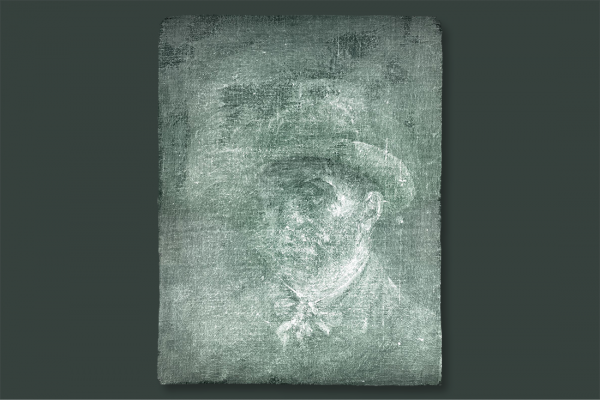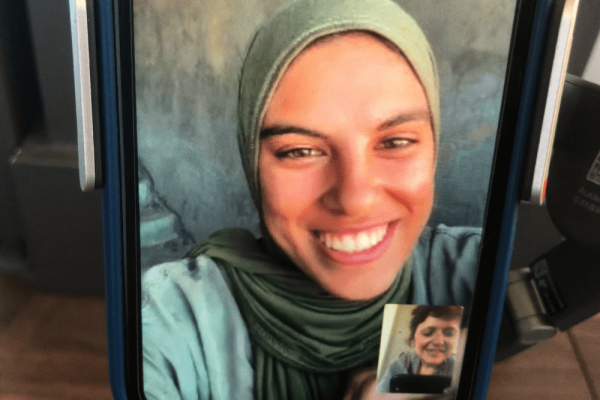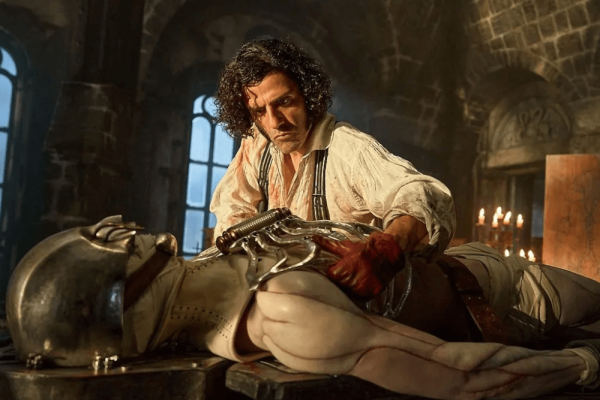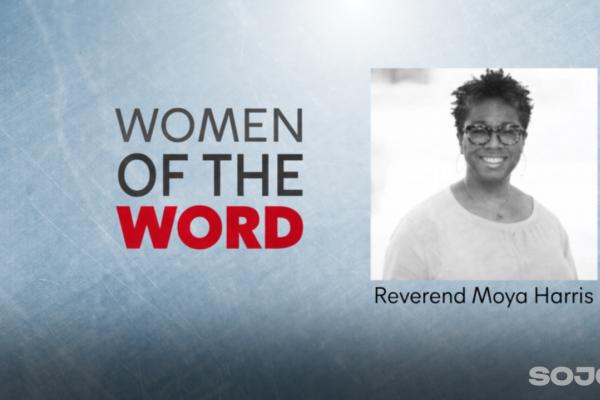ART CONSERVATIONALISTS RECENTLY discovered a previously unknown Vincent van Gogh painting, a rare find that has excited the art world. On the back of his 1885 portrait “Head of a Peasant Woman,” tucked beneath layers of cardboard and glue, is a hidden self-portrait from early in van Gogh’s career, before he famously cut off his left ear. But the discovery is significant for more than its artistic importance. The hidden self-portrait is symbolic of van Gogh’s larger life and works, illustrating his Christian faith, compassion for the poor, and lifelong struggle with religious rejection.
Van Gogh grew up attending church and wanted to become a clergyman, just like his father, Rev. Theodorus van Gogh. But these hopes were dashed when he was unable to enter religious studies, in part because of behavior considered “eccentric” — a sort of manic shifting of interests. This was an early manifestation of van Gogh’s lifetime of mental health struggles, and the beginning of a complicated relationship with the church.
Van Gogh turned instead to lay ministry. He moved to a poverty-stricken mining town; as he wrote to his brother Theo, he saw ministry to coal miners as a literal interpretation of one of the “fundamental truths, not only of the gospel but of the entire Bible ... ‘the light that dawns in the darkness.’” In his mission to bring religious light to the darkness of the mines, van Gogh preached, nursed the sick, and lived in extreme poverty as the miners did, earning him the nickname “The Christ of the Coal Mine.” But his passion for ministry seemed to his friends and family to border on insanity: He gave away nearly all of his clothes and money, and he eventually stopped bathing and caring for himself. When he gave his apartment to a homeless person and moved to a decrepit miner’s hut, the evangelism committee he was serving chose not to renew his ministry contract, fearing his behavior was overzealous and that his unkemptness undermined the dignity of the priesthood.
Later, van Gogh’s father shared fears similar to those of the evangelism committee, writing, “What will become of him, and isn’t it insane to choose a life of poverty?” Indeed, in van Gogh’s case, it’s impossible to delineate the boundary between faith and mental illness. His solidarity with the poor spoke to an incredibly deep Christian love. But his lack of care for himself rightly concerned his family and neighbors; throughout his life, van Gogh struggled with fits of depression and self-harming behavior. Ultimately, the church felt that van Gogh’s eccentricity outweighed his ministry, leading to repeated rejection throughout his life.
In some ways, this religious rejection was a turning point for van Gogh. Distressed and aimless, he increasingly turned to drawing and then painting, finally finding his true vocation as an artist. This rejection also seemed to mark a turning point in his faith: Although he would remain religious, he would never again seek out a formal position in the church, instead finding God in nature and humanity.
In one of his many letters to his brother Theo, van Gogh wrote, “I prefer painting people’s eyes to cathedrals, for there is something in the eyes that is not in the cathedral ... a human soul, be it that of a poor beggar or of a streetwalker, is more interesting to me.”
culture.vangogh.headofapeasantwoman.png
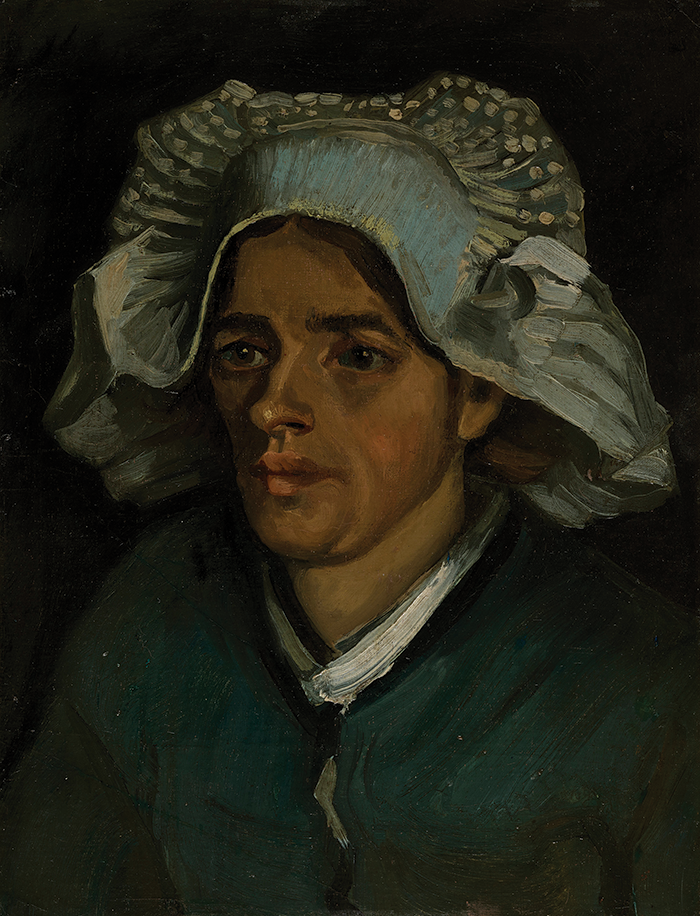
In another letter, he wrote, “I’m always inclined to believe that the best way of knowing God is to love a great deal. Love that friend, that person, that thing, whatever you like. ... That leads to God, that leads to unshakeable faith.” Through art, van Gogh could express his love for the world in a way that valued his eccentric perspective, rather than rejected it.
This shift in van Gogh’s faith changed his relationship with ministry as he poured his concern for the poor into his paintings. In his portraits, he painted mainly the working class — weavers, fishermen, farmers — trying both to capture the poverty they lived in and to practice painting figures. “Head of a Peasant Woman,” the painting with the newly discovered self-portrait, was one of these works. But in the same year that van Gogh painted “Head of a Peasant Woman,” 1885, the pressure of religious rejection once again reared its head. The local pastor warned his parishioners away from van Gogh, instructing them not to let the artist paint them. This is one of the reasons van Gogh turned to self-portraits and landscapes: He could not find models to paint. Beyond being a logistical challenge, it must have also been a lonely one — especially for an artist who would rather paint eyes than cathedrals.
“Head of a Peasant Woman,” with van Gogh’s self-portrait on the back, is symbolic of van Gogh’s life as a whole. It sits at the crossroads of the artist’s compassion for the poor, his faith, and the rejection he faced from the church. His portraits of others are, in some ways, portraits of the man himself. In his own words, “What lives in art and is eternally living, is first of all the painter, and then the painting.”
On the back of “Head of a Peasant Woman” is his own face; this seems symbolic of his specific ministry. When he tried to erase himself in service of the poor as a lay minister, he could not entirely do so. Too much of the eccentric van Gogh remained, enough to create a troubled relationship with the church. But it is exactly these traces of the artist that we celebrate discovering today, the man who could not quite disappear behind his work but rather imbued it with himself, his face peeking out at us from underneath the layers.
I find it impossible not to see something of a saint in this sad, sweet, strange man who loved others so dearly but could not love himself, who found God in the nature and humanity in which he took his solace, who died of suicide, penniless and unknown. Van Gogh was religious until the end, painting biblical scenes like the raising of Lazarus and the good Samaritan from the asylum he lived in shortly before his death. But the church held a final rejection for him. After van Gogh died, a local priest denied his family the loan of a hearse to use in the funeral, calling van Gogh accursed because he had killed himself.
That his life ended with one last rejection seems cruel. But van Gogh believed deeply in heaven. In a letter, he wrote that “Christ alone — of all the philosophers, Magi, etc. — has affirmed, as a principal certainty, eternal life, the infinity of time, the nothingness of death, the necessity and the raison d’être of serenity and devotion.” I hope this certainty gave van Gogh some measure of comfort at the end of his life. Though he believed in rewards that were more than earthly, I think it would cheer him to see how the world values him today, rejoicing to see his face.

Got something to say about what you're reading? We value your feedback!
